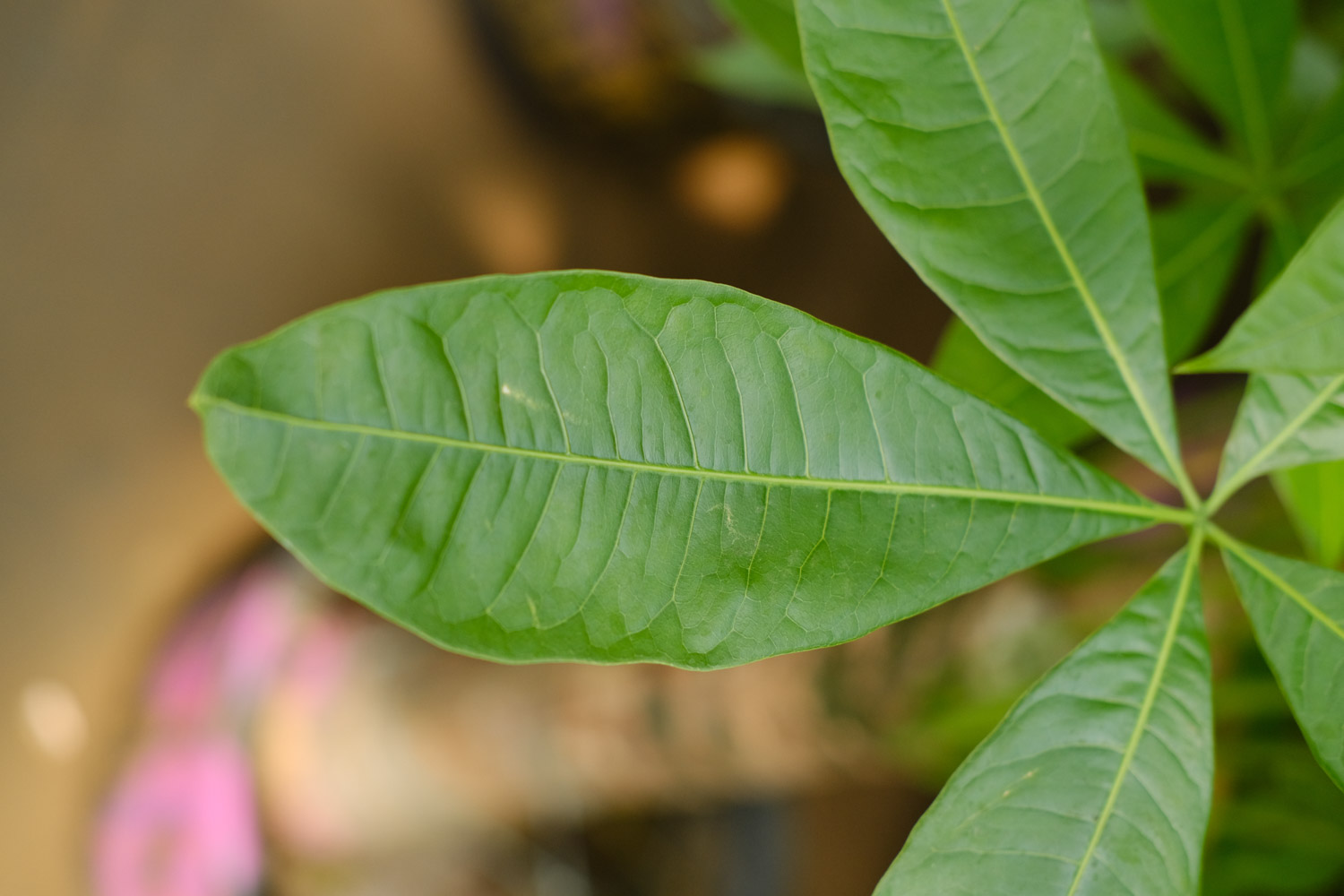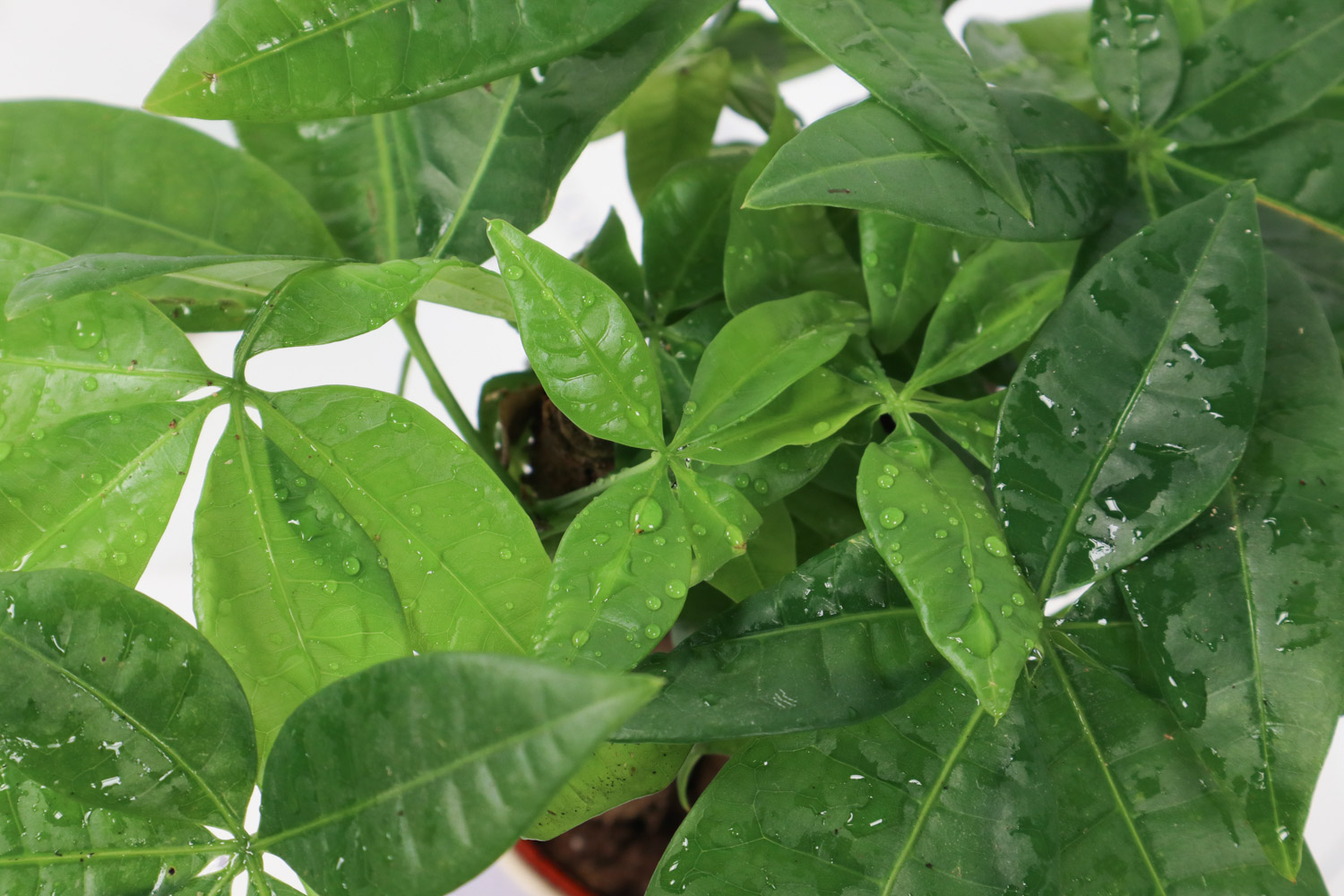1、 Pruning time
For fortune, it is more appropriate to prune in spring. Because it grows faster at this time, it will soon grow new branches and leaves after pruning and cutting leaves. In addition, it is also possible to trim at other times. As long as there are problematic branches and leaves on the plant, they need to be cut off in time. Lest they stay on the plant and hinder viewing

2、 Pruning method
1. Cutting bad branches: the so-called bad branches are actually a relatively broad definition, which includes dead branches, dry leaves, yellow leaves, old branches, bare branches, diseased branches, over dense branches and other branches and leaves that will hinder the continuous growth of the plant. When they appear on the plant, they need to be found and cut off at the first time. This can prevent them from hindering the continuous growth of the plant, save a lot of nutrients for the plant and help other branches and leaves grow

2. Remove the top bud: this pruning method is suitable for plants with sparse branches and leaves in spring. At this time, the newly grown terminal buds on the plant can be removed, so that other lateral branches can get more nutrients. In this way, the lateral branches of the plant will grow as long as possible, and the whole plant will become more and more lush


 how many times do yo...
how many times do yo... how many planted tre...
how many planted tre... how many pine trees ...
how many pine trees ... how many pecan trees...
how many pecan trees... how many plants comp...
how many plants comp... how many plants can ...
how many plants can ... how many plants and ...
how many plants and ... how many pepper plan...
how many pepper plan...

























